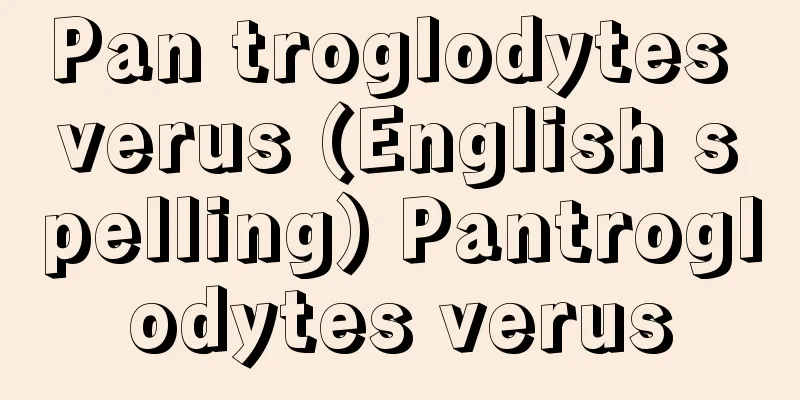Acaricide - Satuda nizai

|
It is an insecticide specially designed to control mites such as spider mites, dust mites, gall mites, and bulb mites, and is ineffective against other pests. Quinomethionate (Morestan) and binapacryl (Acrisid) are effective against mites as well as powdery mildew. Mites live in colonies where eggs, larvae, and adults coexist. Miticides are divided into those with strong egg killing power and those with strong adult killing power depending on the miticidal ingredients. Examples include dicofol (Kelthane), tetradifon (Tedeon), amitraz (Danicut), milbemectin (Milbex, Colomite), and hexythiazox (Nissolan). Many of the recent commercially available products are combinations that compensate for each other's shortcomings. Mites are prone to develop resistance when the same ingredient is used repeatedly. [Murata Michio] [References] | |Source: Shogakukan Encyclopedia Nipponica About Encyclopedia Nipponica Information | Legend |
|
ハダニ、ホコリダニ、フシダニ、ネダニなどダニ類の防除専用殺虫剤で、他種害虫には無効である。キノメチオネート(「モレスタン」)やビナパクリル(「アクリシッド」)はダニ類のほかうどんこ病にも有効である。ダニ類は、卵、幼虫、成虫が共存群生する。殺ダニ剤は殺ダニ成分によって殺卵力の強いもの、殺成虫力の勝るものなどに分けられる。ジコホル(「ケルセン」)、テトラジホン(「テデオン」)、アミトラズ(「ダニカット」)、ミルベメクチン(「ミルベックス」「コロマイト」)、ヘキシチアゾクス(「ニッソラン」)などがある。最近の市販品は相互の欠点を補った配合品が多い。ダニ類は同一成分の連続使用で抵抗性を獲得しやすい。 [村田道雄] [参照項目] | |出典 小学館 日本大百科全書(ニッポニカ)日本大百科全書(ニッポニカ)について 情報 | 凡例 |
Recommend
Pressure microphone
...A major feature of this method is that almost ...
Great specialty - Great specialty
〘Noun〙 One of the famous items. Famous tea utensil...
Wandering bird
...Sparrows and crows that can be seen around hou...
Sensory deprivation
Sensory deprivation refers to the restriction or r...
Ginkgophyta - Ginkgo
…This group flourished from the Paleozoic to the ...
Weaver, JB (English spelling) WeaverJB
...The cause of the formation of the party was th...
Ctenocephalides felis (English spelling) Ctenocephalidesfelis
…[Okumoto Daizaburo]. … *Some of the terminology ...
Tadamasa Annaka
… [Takeo Arisue] [Annaka Castle Town] A castle to...
《Le coucou》(English spelling)Lecoucou
…In 1739 he became organist at the Royal Chapel (...
Palestine Partition Resolution - Palestine Partition Resolution
The United Nations General Assembly's resoluti...
Goldfish (Nenbutsu-tai) - Goldfish
…It is a beautiful fish with an orange-red body, ...
Professional Engineer - Gijutsushi
A national qualification based on the Engineers A...
Sedum ewersii (English spelling) Sedumewersii
… [Hiroshi Yuasa]. … *Some of the terminology tha...
Unconsciously - Unconsciously
A waka poem in which each line is unrelated and ha...
Katsura Dainagon (Fujiwara Mitsuyori)
…However, in 1864 (Chōkan 2), much to the regret ...









